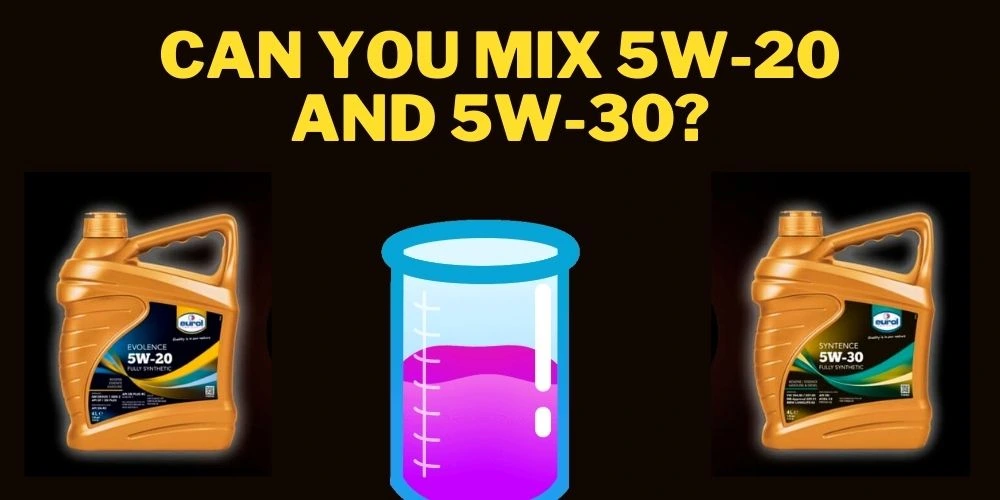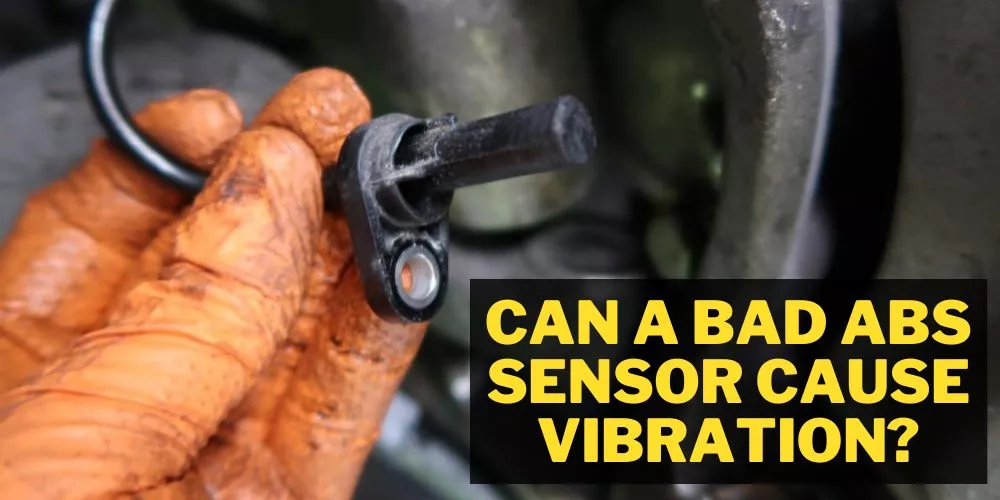Chevy Silverado is a popular pickup truck that can encounter various climate control problems that affect its ability to regulate temperature and provide a comfortable driving experience.
Among various Chevy Silverado climate control problems, one common issue is a faulty thermostat, which can cause the engine to overheat or not warm up sufficiently.
This can lead to inadequate heat in the cabin during cold weather or insufficient cooling during hot weather. Another common climate control problem in Chevy Silverado is a malfunctioning AC system.
This can be due to various reasons, such as leaks, compressor failure, or low refrigerant levels. It can result in insufficient or no cooling, leading to discomfort during hot weather.
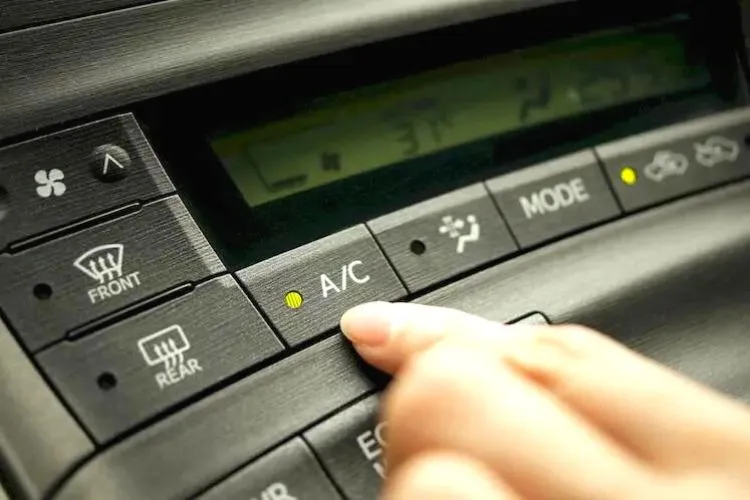
Other issues can include faulty blower motors, which can cause poor air circulation or a lack of air altogether, and clogged cabin air filters, which can reduce airflow and cause unpleasant odors. Regular maintenance and inspections can help prevent and address these climate control problems in Chevy Silverado.
Contents
How To Diagnose and Fix Chevy Silverado Climate Control Problems?
Diagnosis
Diagnosing climate control problems in a Chevy Silverado can be done through several methods. Here are a few ways to diagnose climate control problems in your Chevy Silverado:

Using a diagnostic scanner
One way to diagnose climate control problems in Chevy Silverado is by using a diagnostic scanner. This scanner can read trouble codes, indicating specific problems with the heating, ventilation, and air conditioning (HVAC) system. It can also help identify any issues with the sensors, actuators, or other components causing the problem.
Testing the thermostat
Another way to diagnose climate control problems in Chevy Silverado is by testing the thermostat. A faulty thermostat can cause issues with heating and cooling, so it’s important to check it.
To do this, you can start the engine and let it run for a while, then check the temperature gauge to see if it’s working correctly. You can also use a thermometer to check the temperature of the coolant.
Checking the air filter
The air filter in your Chevy Silverado’s HVAC system can also cause issues with climate control. If it’s clogged or dirty, it can restrict airflow and reduce the efficiency of the heating and cooling systems. To check the air filter, you can remove it and inspect it for any dirt or debris. If it’s dirty, you can replace it with a new one.
Inspecting the blend door actuator
Another component that can cause climate control problems in Chevy Silverado is the blend door actuator. This actuator controls the air flow through the HVAC system and can malfunction, causing issues with heating and cooling.
To inspect the blend door actuator, remove the dashboard and access the HVAC system. You can then check the actuator to see if it’s functioning correctly.
Fixing Climate Control Problems Of Chevy Silverado
Fixing climate control problems in your Chevy Silverado can be relatively simple or require more advanced repairs. Here are a few ways to fix climate control problems in your Chevy Silverado:
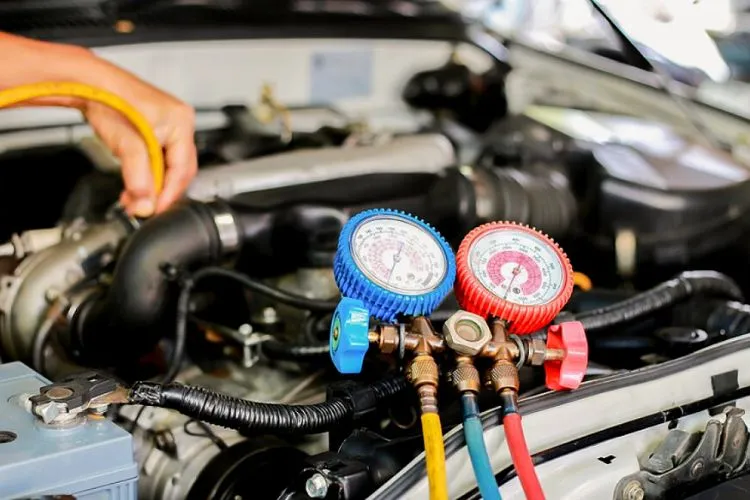
Replacing the thermostat
If your Chevy Silverado’s thermostat is not working correctly, you may need to replace it. Replacing a thermostat can be done by draining the coolant, removing the thermostat housing, and replacing the old thermostat with a new one.
It’s important to use the correct type of thermostat for your Chevy Silverado’s engine and to follow the manufacturer’s instructions carefully.
Cleaning or replacing the air filter
If your Chevy Silverado’s air filter is dirty or clogged, you can clean or replace it to improve the efficiency of the HVAC system. You can use compressed air to blow out any dirt or debris to clean the air filter. You can replace it with a new one if it’s too dirty to clean.
Repairing electrical issues
If your Chevy Silverado’s HVAC system is not working due to electrical issues, you may need to repair or replace the affected components. This can include sensors, switches, or wiring that may be damaged or malfunctioning.
It’s essential to have a qualified mechanic diagnose and repair any electrical issues to ensure that the HVAC system is functioning correctly.
Replacing the blend door actuator
If your Chevy Silverado’s blend door actuator is malfunctioning, you may need to replace it. This can involve removing the dashboard and accessing the HVAC system. You can replace the old actuator with a new one and reassemble the dashboard.
It’s important to use the correct type of actuator for your Chevy Silverado’s HVAC system and to follow the manufacturer’s instructions carefully.
Recharging the AC system
If your Chevy Silverado’s AC system is not cooling properly, it may be due to low refrigerant levels. You can recharge the AC system by adding refrigerant using a recharge kit. It’s important to follow the instructions carefully and to wear protective gear, such as gloves and safety glasses when working with refrigerant.
Symptoms of Chevy Silverado climate control problems
Climate control problems in your Chevy Silverado can cause a range of symptoms that can affect your vehicle’s overall comfort. Here are a few symptoms of Chevy Silverado climate control problems to look out for:
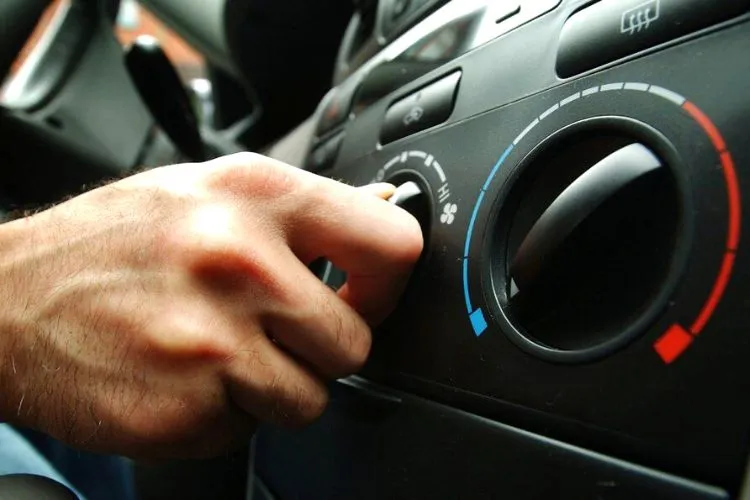
Blowing hot or cold air inconsistently
If your Chevy Silverado’s climate control system blows hot or cold air inconsistently, this could be a sign of a malfunctioning thermostat or a clogged air filter. Your truck’s HVAC system may struggle to maintain the desired temperature, which can result in uncomfortable temperatures inside the cabin.
Temperature controls not responding
If your Chevy Silverado’s temperature controls are not responding or cannot maintain the desired temperature, this could be a sign of an electrical issue. Faulty wiring, sensors, or switches can cause the temperature controls to malfunction, resulting in uncomfortable temperatures inside the cabin.
Strange noises from the climate control system
If your Chevy Silverado’s climate control system makes strange noises, such as clicking, banging, or humming, this could be a sign of a malfunctioning blend door actuator. The actuator is responsible for directing the airflow to the desired location, and if it’s not working correctly, it can cause strange noises and uneven airflow.
Unpleasant odors from the vents
If you notice unpleasant odors coming from the vents when the climate control system is in use, this could be a sign of a dirty or clogged air filter. A dirty air filter can cause mold and bacteria to accumulate, producing unpleasant odors and affecting the cabin’s air quality.
Causes of Chevy Silverado climate control problems
There are several reasons why your Chevy Silverado’s climate control system may not work correctly. Here are some of the most common causes of climate control problems in a Chevy Silverado:
- Malfunctioning thermostat: The thermostat regulates the temperature of the coolant that flows through the engine and radiator. If the thermostat is malfunctioning, it can cause the engine to run hot or cold, affecting the temperature of the air flowing through the climate control system.
- Clogged air filter: The air filter in your Chevy Silverado’s climate control system filters out dust, dirt, and other debris from the air that flows into the cabin. Over time, the air filter can become clogged, which can restrict airflow and reduce the system’s efficiency.
- Electrical issues: The climate control system in a Chevy Silverado relies on a complex network of electrical components, including sensors, switches, and wiring. If any of these components fail or malfunction, it can cause the climate control system will stop working or function incorrectly.
- Failed blend door actuator: The blend door actuator directs the airflow to the desired location, such as the floor, dash, or windshield. If the blend door actuator fails or malfunctions, it can cause uneven or no airflow.
Preventing Chevy Silverado climate control problems
Preventing climate control problems in your Chevy Silverado can help ensure the safety and comfort of your vehicle. Here are some tips for preventing climate control problems:
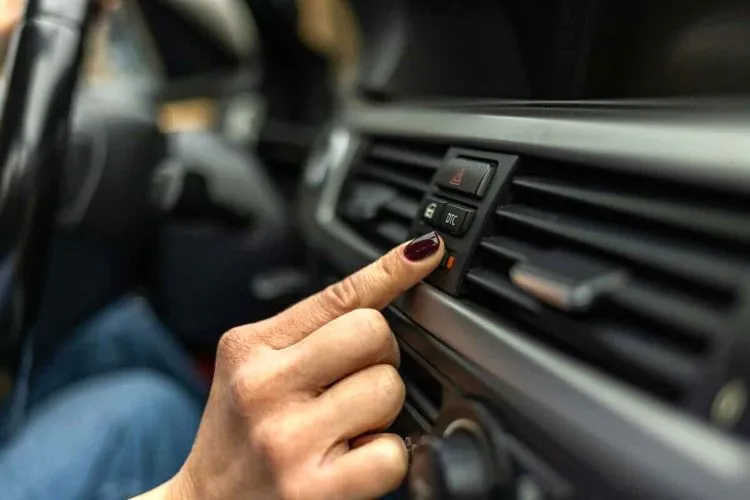
Regular maintenance and inspections
Regular maintenance and inspections can help prevent climate control problems from occurring in the first place. This includes checking the air filter and thermostat, inspecting the wiring and sensors, and performing routine maintenance on the blend door actuator.
Checking for recalls or technical service bulletins
It’s essential to stay up-to-date on any recalls or technical service bulletins that may affect your Chevy Silverado’s climate control system. These notices may provide instructions on how to prevent or fix known issues with the system.
Proper use of the climate control system
Proper use of the climate control system can also help prevent problems from occurring. For example, it’s essential to use the system regularly, even during winter, to prevent the system from becoming clogged with dust and debris. Additionally, it’s important not to overload the system by setting the temperature too high or too low, which can strain the system and cause it to malfunction.
Conclusion:
In conclusion, the climate control system in a Chevy Silverado is a crucial component that helps maintain the safety and comfort of the vehicle. Several factors, including a malfunctioning thermostat, a clogged air filter, electrical issues, and a failed blend door actuator, can cause climate control problems.
However, with regular maintenance, proper use of the system, and timely repairs, you can prevent climate control problems and ensure your vehicle’s safety and comfort for years to come.

